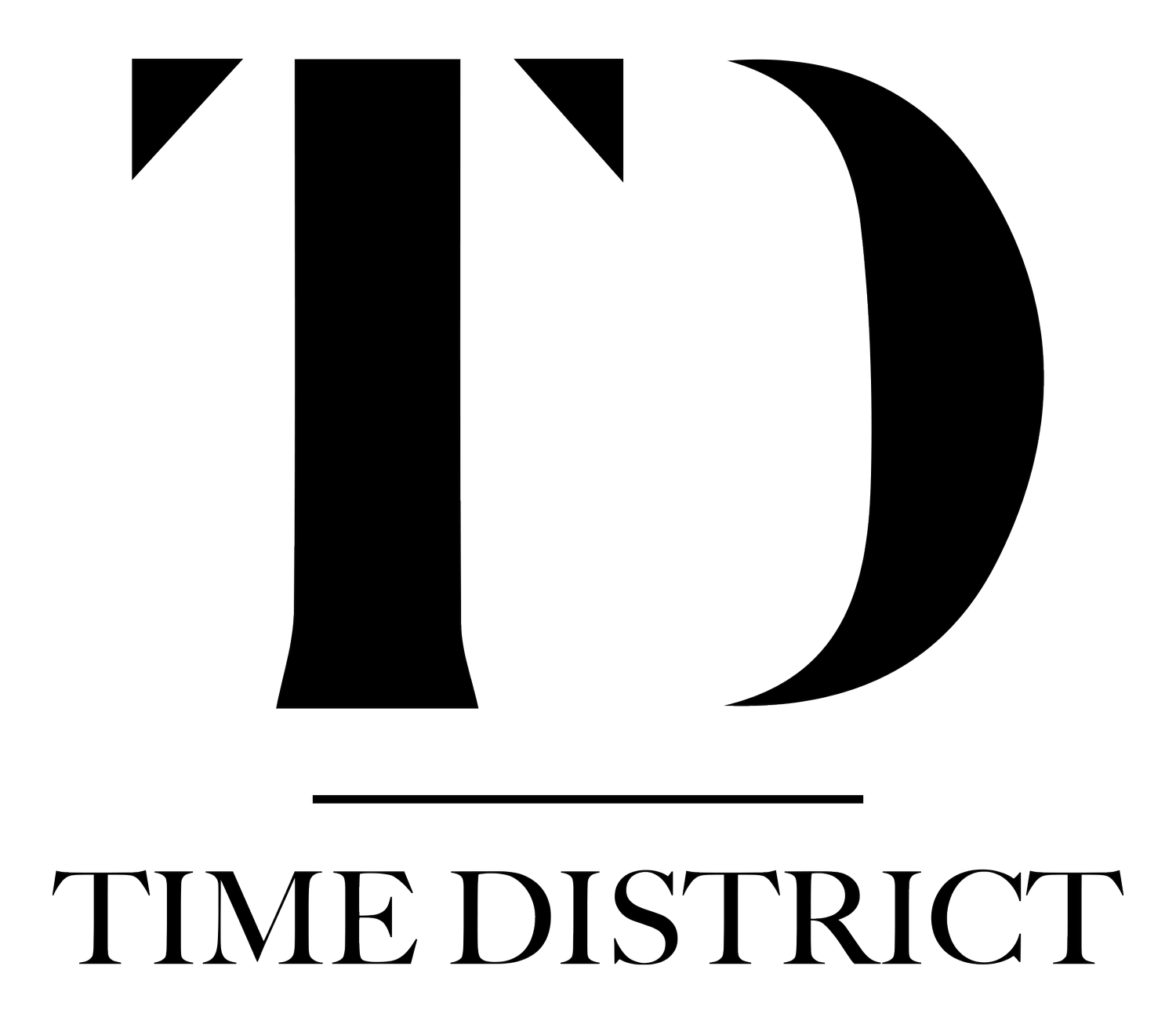Is government intervention really the solution for the Swiss Watch Industry?
For watch enthusiasts and collectors, recent developments in the Swiss watch industry could have far-reaching implications. Two major organisations—the Federation of the Swiss Watch Industry (FH) and the Employers' Convention of the Swiss Watch Industry (CP)—have jointly called for intervention from the Swiss government and the Swiss National Bank (BNS) to combat the impact of the strong Swiss franc on exports. This is a pivotal moment that could reshape the market.
THE IMPACT OF A STRONG FRANC ON WATCH PRICES
A strong Swiss franc makes Swiss watches more expensive for international buyers, which could reduce demand. Collectors might notice fewer new releases or higher prices on existing models, as brands adjust to maintain profitability. This raises the question: Can the BNS intervene successfully? History shows that intervention has limits, and the Swiss franc’s status as a safe-haven currency continues to drive up its value.
BEYOND THE ECONOMY: SUPPLY CHAIN STRUGGLES
For collectors, it's not just the economic factors that could affect the market. Internal struggles within the watch industry are emerging. Over the past three years, record watch exports created a sense of boundless growth, but that optimism is now being challenged. Even Thierry Stern, the head of Patek Philippe, has expressed caution about the future. His concern is a clear signal that brands, including those producing high-end luxury watches, may face serious challenges in the near future.
WHY SUBCONTRACTORS MATTER TO COLLECTORS
The bullwhip effect—where small changes in demand ripple through the supply chain—could lead to delays or shortages of components, affecting watch production. This is particularly relevant for collectors waiting for limited editions or bespoke models. Subcontractors, who play a key role in manufacturing watch parts, are the most vulnerable in this chain. Disruptions here could impact the availability and even the quality of certain watches, particularly at the high-end of the market.
Yves Brugman, President of FH © Keystone/Jean-Christophe Bott
WHAT SHOULD WATCH COLLECTORS BE AWARE OF?
If government intervention doesn’t materialize—or isn’t enough—brands may be forced to raise prices, reduce output, or focus more on cost-cutting. This could mean fewer new models and less innovation. For enthusiasts, this may lead to a scarcity of highly sought-after pieces, pushing up demand and prices in the secondary market. The ripple effect could also impact service and repairs, as subcontractors struggle with supply chain disruptions.
THE PATH FORWARD
While the government may provide short-term relief, the future of Swiss watchmaking will depend on how well the industry adapts to these challenges. For collectors, it’s a reminder to stay informed and be cautious, particularly when considering future purchases. As brands pivot, the value of certain models could increase, but the availability of others may shrink.
In times of uncertainty, authenticity, innovation, and adaptation will be crucial for both brands and collectors alike. Keep an eye on how these changes evolve—what happens next could impact your next investment in the world of horology.
Stay informed and ahead of the curve!

